Your relationship with food is how you think, see, and eat it. Food is necessary in life, but it should not take over our life or our headspace. Excessive dieting, trauma, bad body image, and over-exercising can all lead to having a bad relationship with food. This is not good because over time a bad relationship with food can lead to an eating disorder, weight cycling, high blood pressure, high-stress levels, weakened immune system, and increased risk for heart disease.
To heal your relationship with food you need to implement the principles of intuitive eating. Intuitive eating is an eating style where you eat when you want, what you want, and however much you want. Now it is a lot more complex than what it seems like because in intuitive eating, you are eating food based on listening to your stomach, your cravings, your hunger, and your emotions. Intuitive eating is not mindless eating and it is not a diet. There is no restriction in intuitive eating. This eating pattern is created to be utilized every day over a life span. Everyone is invited to follow intuitive eating, and this eating pattern is meant to benefit all people.
Intuitive eating became popularized by two dietitians Elyse Resch and Evelyn Tribole, who wrote the book called Intuitive Eating. In the book, they created 10 major principles which are to be followed in order. Here I will summarize the first 8 principles, but I highly encourage you to read the full book in order to gain the best understanding of the principles. While going through the principles start with the first principle, learn it, understand it, and implement it into your life before trying to implement the proceeding principles.













